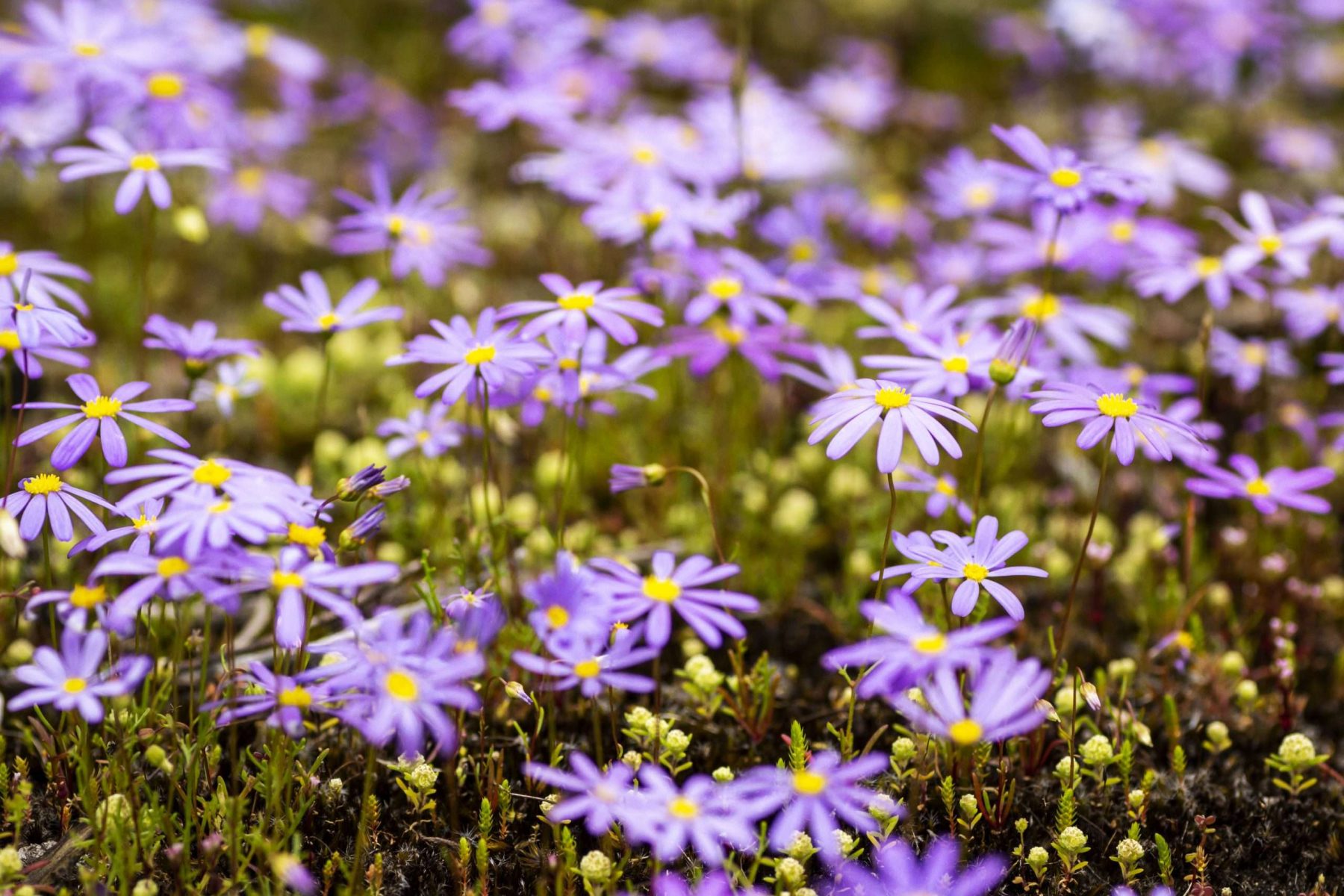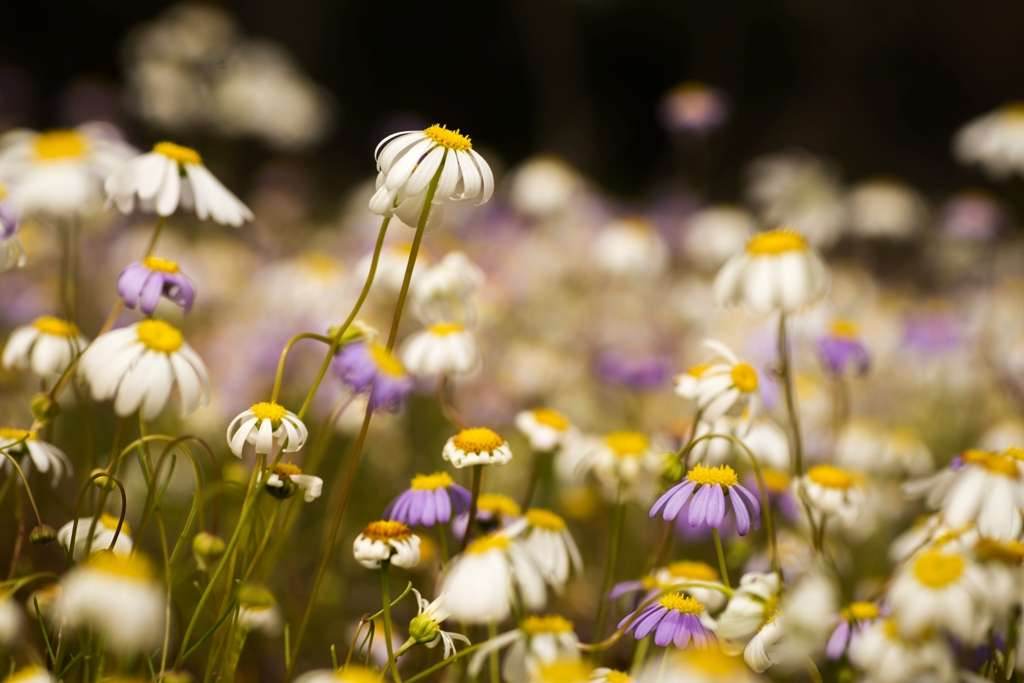One of the most striking features of the Southern Forests & Valleys region is our wildflowers.
As part of one of the world’s 34 internationally recognised biodiversity hotspots, the South West of WA is home to thousands of plants that are found nowhere else. With more than 8,000 species of flowering plants found across the South West, it’s no wonder that the Southern Forests & Valleys region is home to some of the most spectacular wildflower displays.
The best time to see wildflowers in our region is in the spring, from late August to early December. During this time, the forests and valleys are alive with a riot of colour, as countless wildflowers burst into bloom. You’ll see many dazzling displays from delicate spider orchids and tufted hooded lilies to native wisteria and carpets of pink petticoats and everlastings.
Our visitor centres are a wealth of information and local knowledge, we recommend dropping in at each town to find the latest information on what’s blooming. Additionally the annual Nannup Flower & Garden Festival is a wonderful celebration of the beauty of wildflowers, flowers, and gardens. The festival showcases the region’s rich floral diversity, highlighting the importance of conservation, gardening, and the appreciation of natural beauty.

Some of the amazing wildflowers found in our region includes:
South Coast Spider Orchid
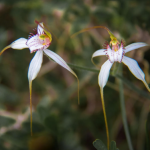
The South Coast Spider Orchid is a unique and beautiful orchid species found in the south coast region of WA. It features intricate, spider-like flowers with elongated petals and a distinctive color pattern. This orchid is known for its fragility and is considered a vulnerable species due to habitat loss and land development.
Bull Banksia
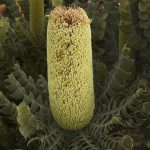
The Bull Banksia, also known as Banksia Grandis, is a large shrub or small tree native to the southwestern region of WA. It is characterised by its impressive size and striking cylindrical flower spikes, which are usually a vibrant shade of yellow or orange. The Bull Banksia plays an important role in the ecosystem as a nectar source for birds and small mammals.
Cockies Tongues
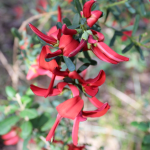
Cockies tongues, or Templetonia Retusa, are low-growing perennial herbs found in various parts of Australia. They have small, rounded leaves and produce delicate white or pale pink flowers. Cockies tongues are often used in landscaping and aquariums, as their dense growth and attractive appearance make them suitable for ground cover or underwater planting.
Bearded Heaths
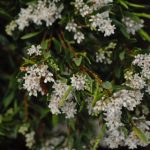
Bearded Heaths, or Leucopogon species, are a group of evergreen shrubs endemic to Australia. They are characterized by their small, bell-shaped flowers that are typically white, pink, or purple in color. The name “bearded” refers to the fine hairs that cover the flowers and give them a soft, fuzzy appearance. These heaths are commonly found in heathlands, woodlands, and coastal regions.
Tree Hovea
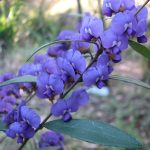
The deep purple hue of the Tree Hovea, or Hovea elliptica, is truly captivating. This Australian native shrub boasts striking, bell-shaped flowers that adorn its branches in a rich, velvety purple color. The flowers of the Tree Hovea are not only visually stunning but also emit a delightful fragrance, adding to the sensory allure.
Cutleaf Hibbertia
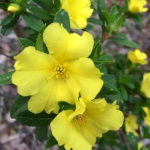
Cutleaf Hibbertia, or Hibbertia cuneiformis, is a small shrub endemic to the south west region of WA. It has distinctive, deeply lobed leaves that give it a fern-like appearance. This plant produces bright yellow flowers with five petals and is often found in sandy or gravelly soils in heathlands and shrublands.
Water Bush
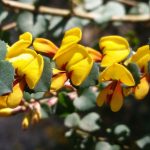
Water Bush , or Bossiaea aquifolium, is a species of flowering plant in the pea family Fabaceae and is endemic to Southwest WA. It is a slender shrub with egg-shaped leaves arranged in opposite pairs and yellowish flowers arranged singly or in pairs on the ends of branchlets.
Helmet Orchid
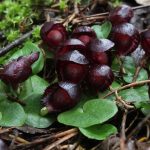
The Helmet orchids, or Corybas Recurvus, are very small orchids and is distinguished from other helmet orchids by its round, dark flowers. They can form huge colonies, with only a small percentage producing a flower. These orchids are found in moist areas and are often found on old rotting logs and stumps.
Karri Cowslips Orchid
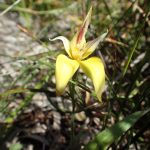
The Karri Cowslips Orchid, or Caladenia Flava, is a terrestrial orchid species native to WA. It grows in sandy or loamy soils in forests, woodlands, and shrublands. This orchid produces showy, pink to purple flowers with fringed petals resembling cowslip flowers. The Karri Cowslips Orchid is particularly associated with the karri forests of Western Australia.
Top tips for seeing wildflowers in our region
- Take nothing but photos as picking wildflowers is illegal with fines of up to $2,000.
- Do not trespass on Private Property.
- Don’t walk through crops, these are the farmers’ income and you can spread disease.
- Be careful where you stand so you don’t damage any wildflowers.
- Spend a few days in each town, there is lots of see and do across our region.
- Visit our Visitor Centres as they are the best source of information and can direct you to the wildflowers.
Stop the spread
In the South West, 2284 of the 5710 native plant species are susceptible to a soil borne plant disease known commonly as dieback. You can help to prevent the spread of dieback by following some simple precautions.
- Clean your shoes between sites.
- Avoid exploring for wildflowers for up to two days after heavy rain.
- Avoid wet soil and muddy areas by sticking to roads and tracks while on foot and in vehicles.
- Observe signs, do not venture into closed tracks and generally promote good, hygienic practices to reduce the risk of spreading dieback.
While dieback affects many wildflowers directly, it also impacts on vegetation that other native flowers and animals were reliant on, so it could devastate entire ecosystems into the future. Please help us prevent the spread of dieback.

